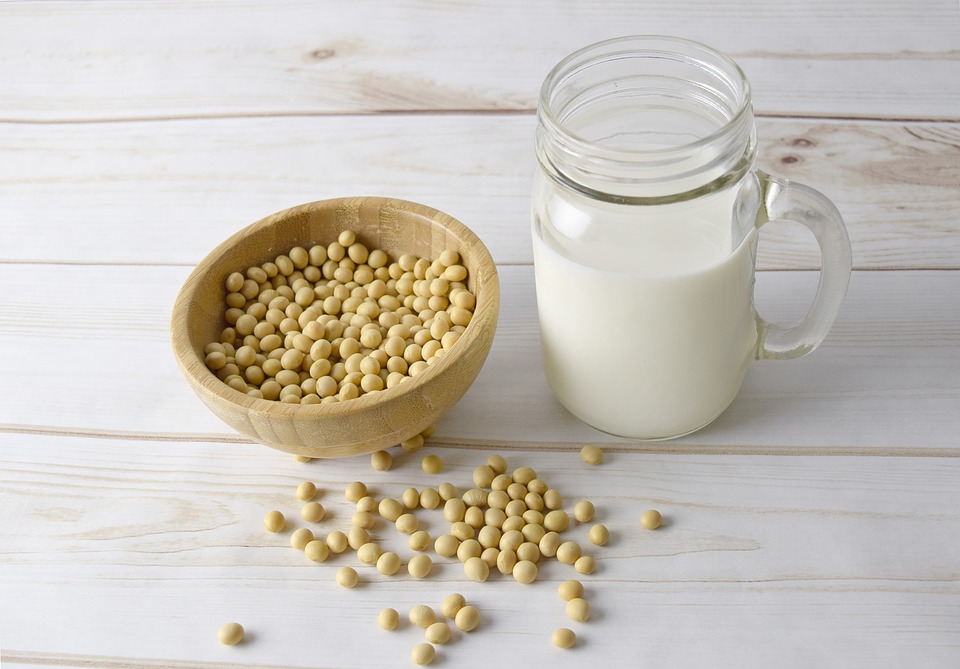Like most of us, you probably grew up drinking hot choco and hot tea with some good amount of milk to make your drink creamier. In fact, you still enjoy a warm cup of milk every morning, but you’ve perhaps recently heard that dairy milk was not good for the environment. And the truth is that you are a bit of an environmental activist, and you’ve been trying to find out why cow milks are not eco-friendly and what the alternatives are. Look no further! In this article, we explain the issue about dairies and look at the best possible alternatives that will ensure you continue to enjoy your creamy hot choco and tea with the minimum effect on the planet.
How Does Dairy Milk Have a Negative Impact on Our Earth?
Dairy lovers, if you are an eco-warrior, you will definitely want to slow down on your milk consumption! At least on cow’s milk. Why? Think of all the natural resources needed to feed a cow throughout its life to produce milk for us! And these resources, which include grains, require a lot of water and pesticides during their growth, which further adds to the negative impact of cow’s milk on the environment. Cows also need a considerable amount of water to stay hydrated, spacious land, and constant electricity to live.

Another significant detrimental effect is that cows emit excessive amounts of greenhouse gases, such as methane, when they burp and do their number two. Yes, you read that right! And these emissions pollute the air and waterways considerably.
Will the Consumption of Non-Dairy Milk Reduce Your Carbon Footprint?
It is difficult to reach a consensus when it comes to deciding which plant-based milk has the least negative impact on our world. Whether milk is made from nuts, seeds, or beans, it has less effect on the planet than regular cow’s milk. In 2018, a study by Joseph Poore of Oxford University showed that stopping the consumption of meat and dairy products is one of the best things to preserve our planet.
What Are the Best Non-Dairy Alternatives?
Soy Milk

Soy milk is one of the most preferred milk when it comes to saving our Earth. Globally, the production of one liter of soy milk emits one kilogram of carbon dioxide (CO2) or equivalent gases, which is 2 kg less than when milk is produced from cows and 200 g less than rice. Soymilk also needs the least amount of water and land for its production.
Oat Milk
Oat milk is also doing well in terms of CO2 emissions and water consumption. Besides, this crop grows at more moderate temperatures. As a result, it is less associated with biodiversity loss and forest fires than other crops. Although oats need more land to grow than soybeans, almonds, and rice, they require much less space than cows.
Rice Milk
Rice milk is another alternative to cow’s milk found on the market. However, although it uses less water than almond milk, rice still requires 54 liters of water to produce milk. But the most critical impact lies in its growth process. Because rice fields must be flooded to promote growth, it also encourages bacteria’s development, which carries methane gas into the atmosphere.
Almond Milk

While almond milk production emits the least greenhouse gases and its raw materials demand the least amount of land to grow, it uses a huge amount of water when it is produced. The manufacture of one liter of almond milk alone is equivalent to the consumption of 371 liters of water.
Although you now have more information about milk and vegetable milk, choosing which one you consume will be a matter of preference. If you have ever come across another non-dairy milk that you find has a limited impact on the environment, don’t forget to comment in the section below.
